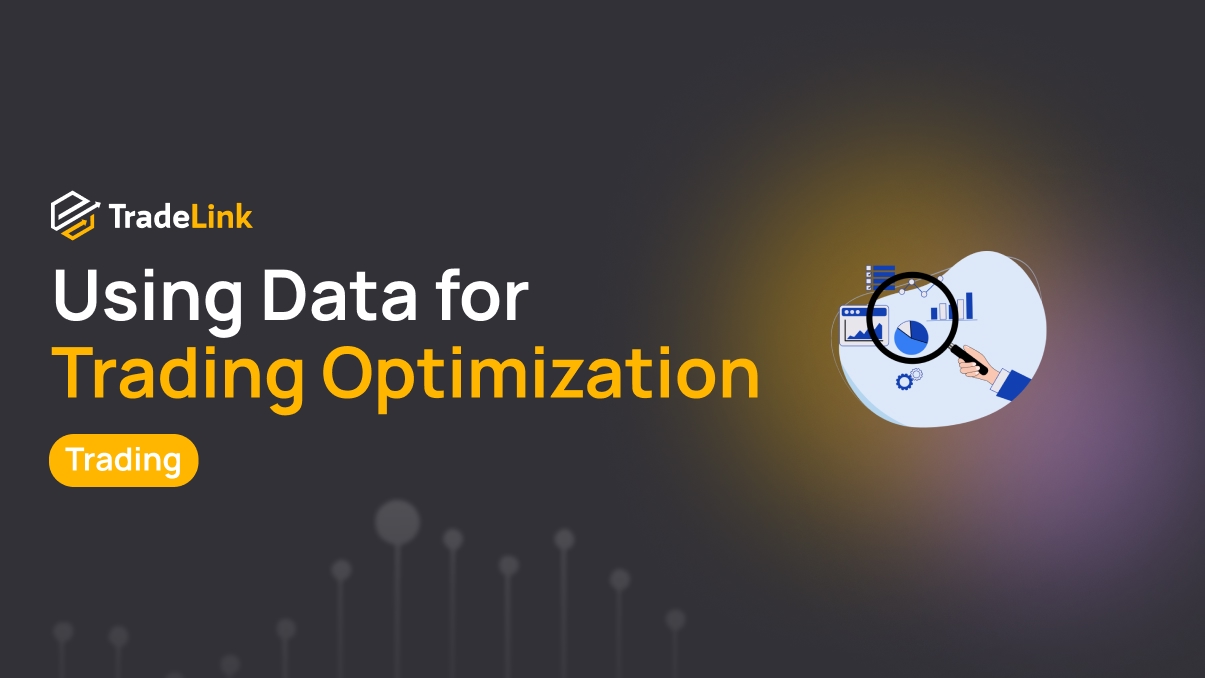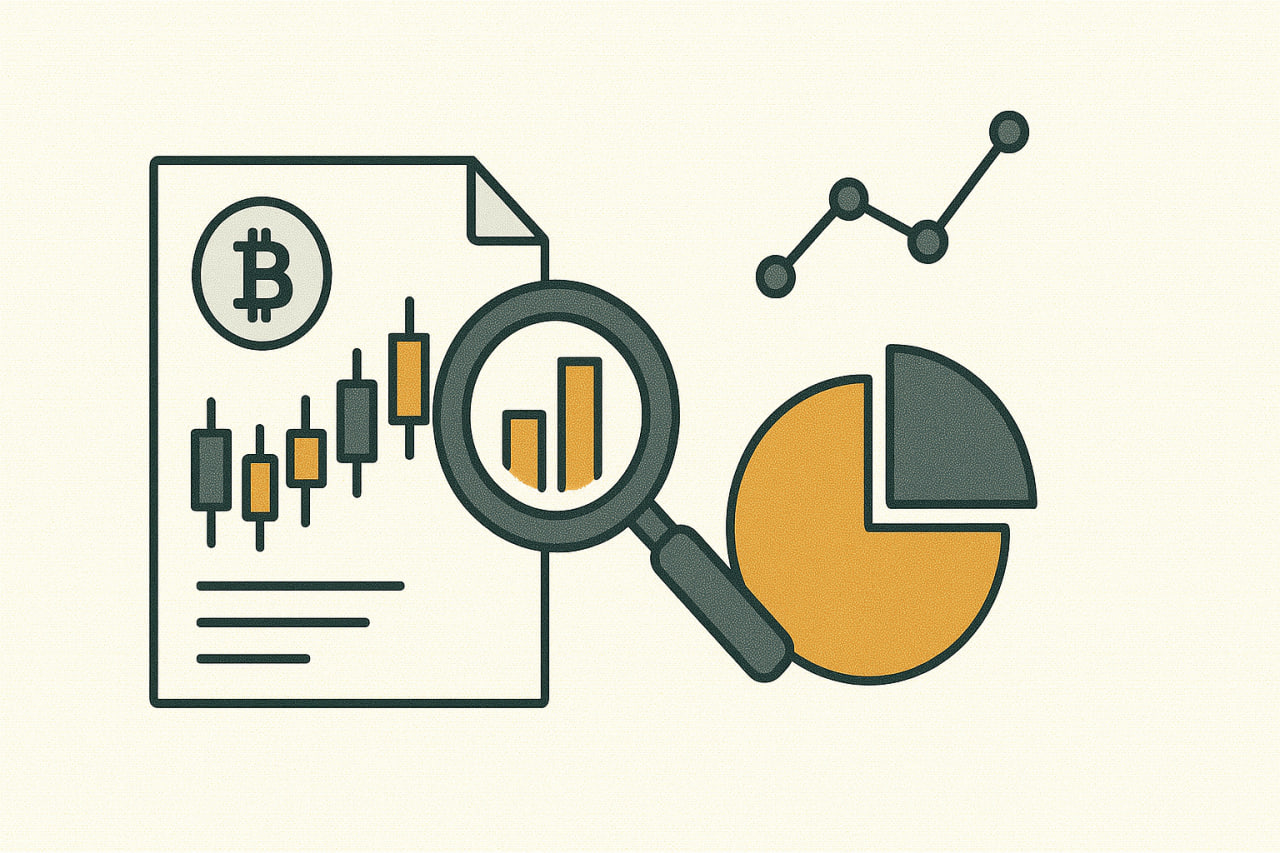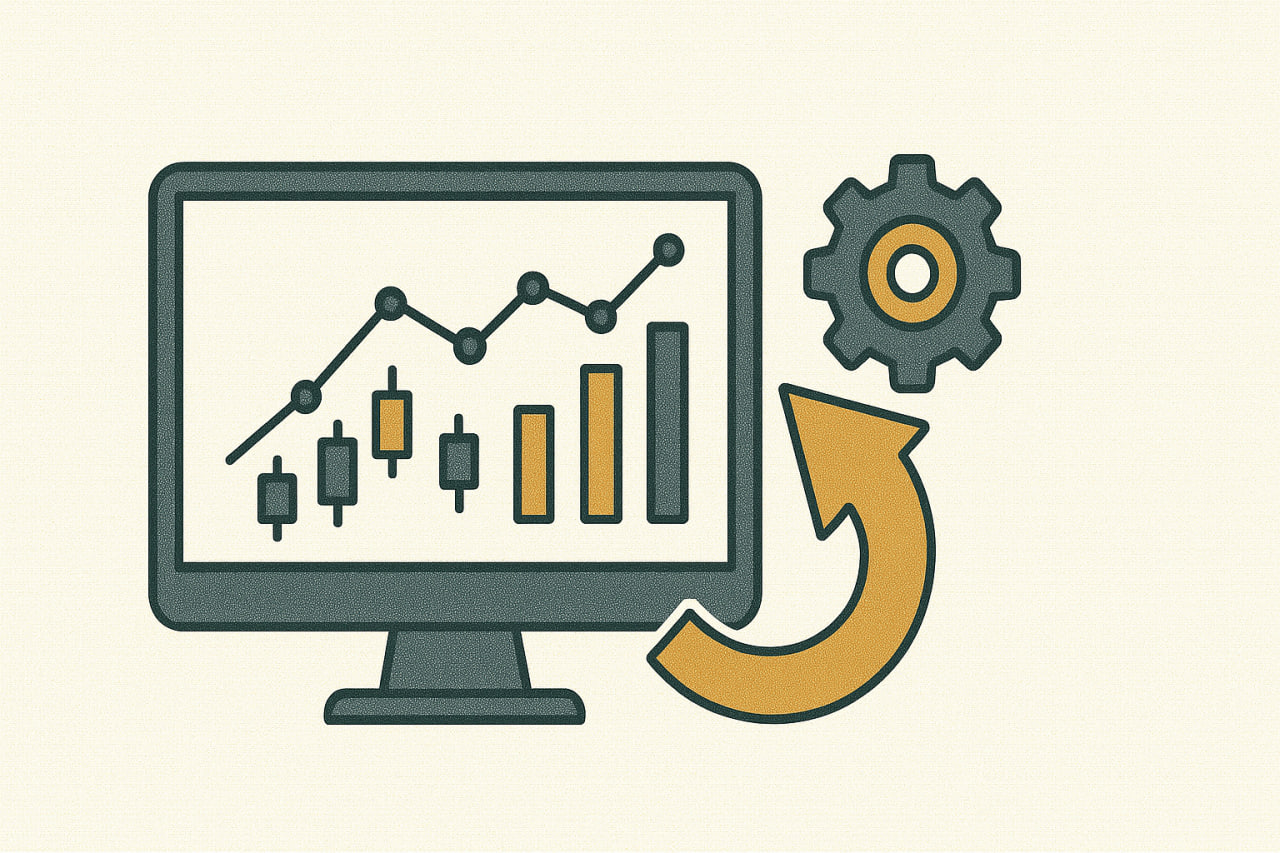Using Data for Optimisation: Collecting Trading Statistics and Adjusting Approaches

Contents
- Introduction
- Why It’s Important to Collect Trade Statistics
- What Data Should Be Collected
- Analysing Trading Statistics
- Adjusting the Trading Approach Based on Data
- How Often to Review the Strategy
- Tools for Analysis and Optimisation
- Conclusion
Introduction
Modern trading is increasingly moving away from intuitive decisions and relying on data analysis. Trading statistics allow traders to see the real picture and avoid mistakes caused by emotions. Using trading analytics helps not only to track current results but also to adjust the strategy to improve stability and efficiency. This approach makes trading more predictable and lays the foundation for long-term profitability.
Why It’s Important to Collect Trade Statistics

Systematic data collection allows a trader to evaluate the strengths and weaknesses of their strategy. Having statistics reduces the impact of emotional factors and helps make decisions based on facts rather than assumptions. In the long term, it is the analysis of trading statistics that ensures strategy sustainability and optimisation.
Key reasons why statistics are essential:
-
Identifying patterns and recurring trends:
For example, after analysis, you might discover that your strategy works best on Mondays and Wednesdays or that its effectiveness decreases after strong impulse moves in the market. -
Timely detection of mistakes and weak points:
Analysis makes it possible to find and fix weak points in the strategy that reduce its effectiveness and profitability, or identify your own execution errors that prevent the strategy from reaching its full potential. -
Reducing impulsive decisions through reliance on numbers:
Understanding that systematic adherence to the strategy brings profit gives the trader an incentive to stay disciplined and continue doing what works well. -
Building a data-driven risk management strategy:
Trade analysis allows you to identify market conditions that consistently generate profits or losses. Based on this knowledge, you can develop a risk management strategy that helps increase profits in situations that regularly yield gains and minimise losses in others.
What Data Should Be Collected
To make the analysis useful and informative, it is important to record the key elements of every trade. These details form the foundation for subsequent evaluation and adjustments.
Key data to record in your trading journal:
-
Reasons for entering and exiting the trade.
-
Position size and leverage used.
-
Entry and exit price points.
-
Final trade outcome.
-
Risk/reward ratio.
-
Holding time of the position.
-
Personal emotions and behavioural reactions.
A detailed trade journal helps a trader identify behavioural patterns and see the influence of psychology on trading performance.
Analysing Trading Statistics

Evaluating trading data allows you to understand the effectiveness of your strategy. Analytics based on historical data helps identify which market conditions bring profits and which result in losses.
In this process, not only does the final result matter, but also the quality of individual decisions. Comparing current indicators with an expected benchmark KPI provides insight into which elements need improvement and which are already working well.
Key Metrics for Measuring Performance
To objectively evaluate a strategy, a set of quantitative metrics is used. None of them alone provides a complete picture, so it’s important to consider them collectively.
Main performance indicators:
-
Win rate — the percentage of profitable trades.
-
Average profit and loss size.
-
Risk/reward ratio.
-
Maximum drawdown.
-
Profit factor.
The combination of these metrics forms the basis for strategy analysis and optimisation and helps set realistic expectations for trading.
Adjusting the Trading Approach Based on Data

Once statistics are collected and analysed, the next step is to adapt the strategy. Adjusting the trading plan helps minimise weaknesses and enhance strengths.
Example of strategy adjustments based on statistics:
| Situation | Likely Issue | Possible Solution |
|---|---|---|
| High win rate but small profit | Trades closed too early | Increase profit targets |
| Large losses on rare mistakes | Risk per trade is too high | Set strict risk limits |
| Frequent small losses | Poor entry points | Improve entry criteria analysis |
| Emotional trades | Lack of discipline | Keep an emotion journal and apply risk management rules |
A systematic approach helps build a truly sustainable strategy that will remain effective in the long run, and continuous analysis and improvement will prevent a loss of efficiency as the market evolves.
How Often to Review the Strategy
A strategy should not remain unchanged. Optimisation based on data analysis implies regular performance reviews.
Example:
-
Weekly — for short-term strategies.
-
Monthly — for medium-term trading.
-
Quarterly — for long-term investment approaches.
-
Ad hoc — during sharp market changes.
Regular analysis helps maintain strategy relevance and avoid outdated decision-making criteria. It’s also important to recognise that some changes are temporary and may be driven by news or economic events. This factor should be considered to avoid unnecessary adjustments that will quickly lose relevance once the market stabilises.
Tools for Analysis and Optimisation

Modern traders can choose from many solutions for collecting and processing data—from simple spreadsheets to specialised services designed specifically for trade data analysis.
Examples of useful tools:
-
Digital trading journal:
For example, Excel or Google Sheets for collecting data and calculating metrics. The advantage of such solutions is the ability to create custom tools and metrics for analysis. The downside is the need to enter data manually or develop automation solutions yourself. -
Specialised analytics services:
For example, TradeLink Passport. The service allows you to analyse your entire trading history since the account creation date. It provides access to complete trade history and offers over 60 statistical indicators, position monitoring, and flexible data display customisation. This automated solution simplifies data collection and delivers results in just a few clicks.
Tool selection depends on the trader’s experience and goals:
-
Automated solutions are more suitable for beginners who are just starting to analyse their trading. They help quickly and easily view ready-made indicators and avoid confusion when trying to collect and process data manually. Automation via APIs and services reduces errors associated with manual input and speeds up the analysis process.
For experienced users, algorithmic solutions offer access to deeper analytics and allow faster adaptation of strategies to changing market conditions. -
Manual and semi-automated solutions — better for experienced traders who are well-versed in data collection and processing and know exactly what they want. These solutions provide more opportunities for creating custom analytical tools tailored to specific goals.
Conclusion
Effective trading is impossible without a systematic approach to data analysis. Statistics not only reflect the real state of a strategy but also become a tool for its continuous improvement. The deeper and more regular the analysis, the more opportunities a trader has to reduce risks, improve predictability, and maintain discipline. In the end, success belongs not to those who try to predict the market but to those who rely on facts and know how to adjust their tactics in response to changes.